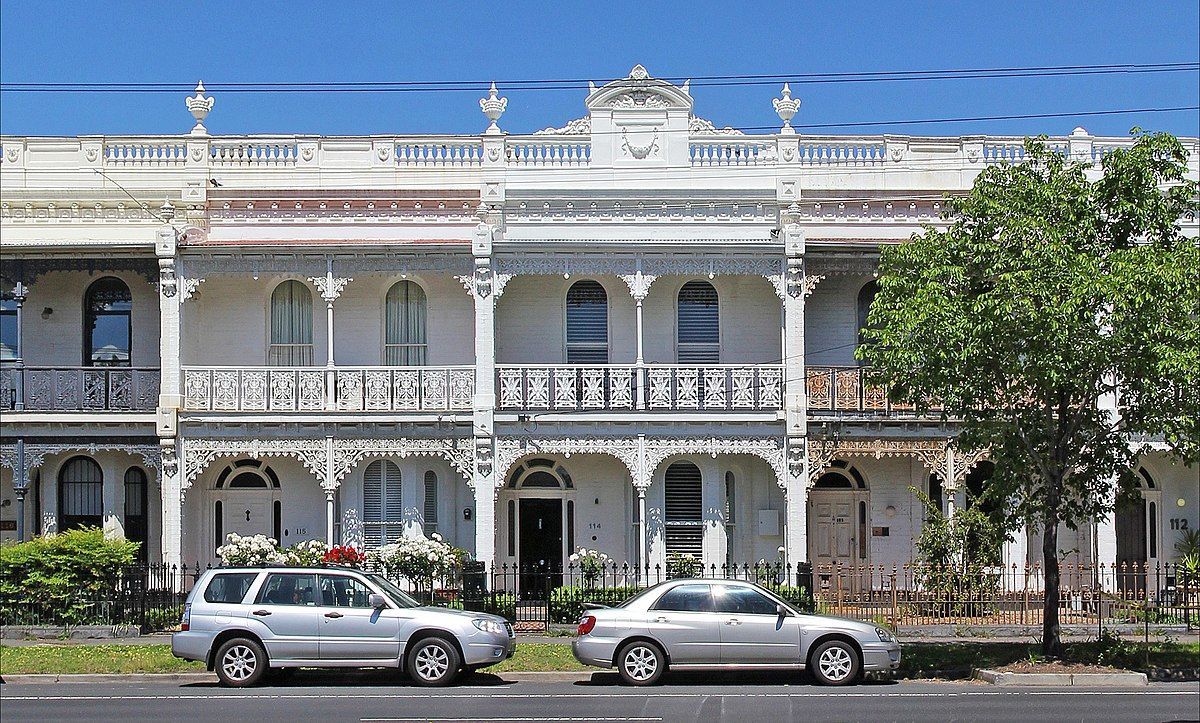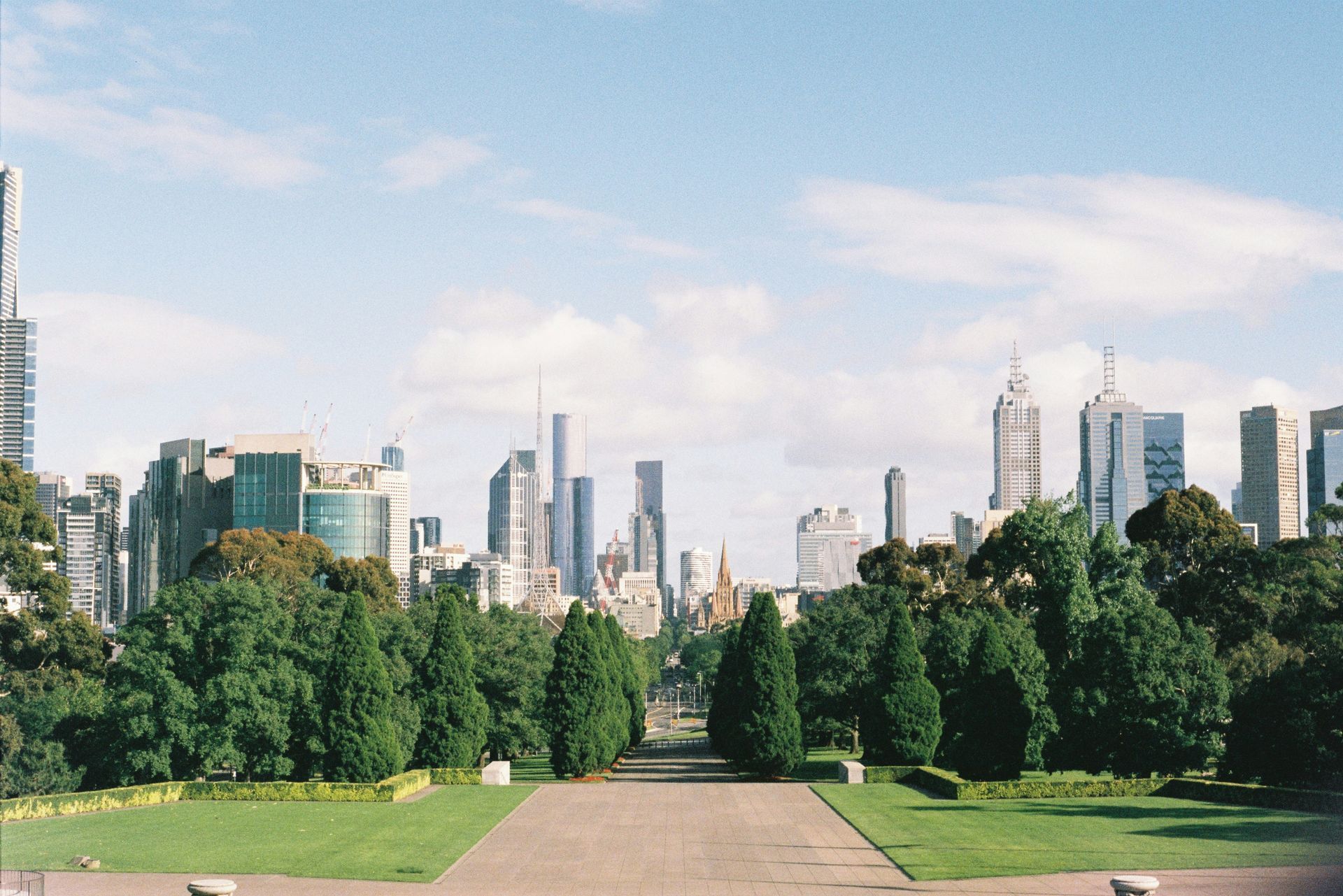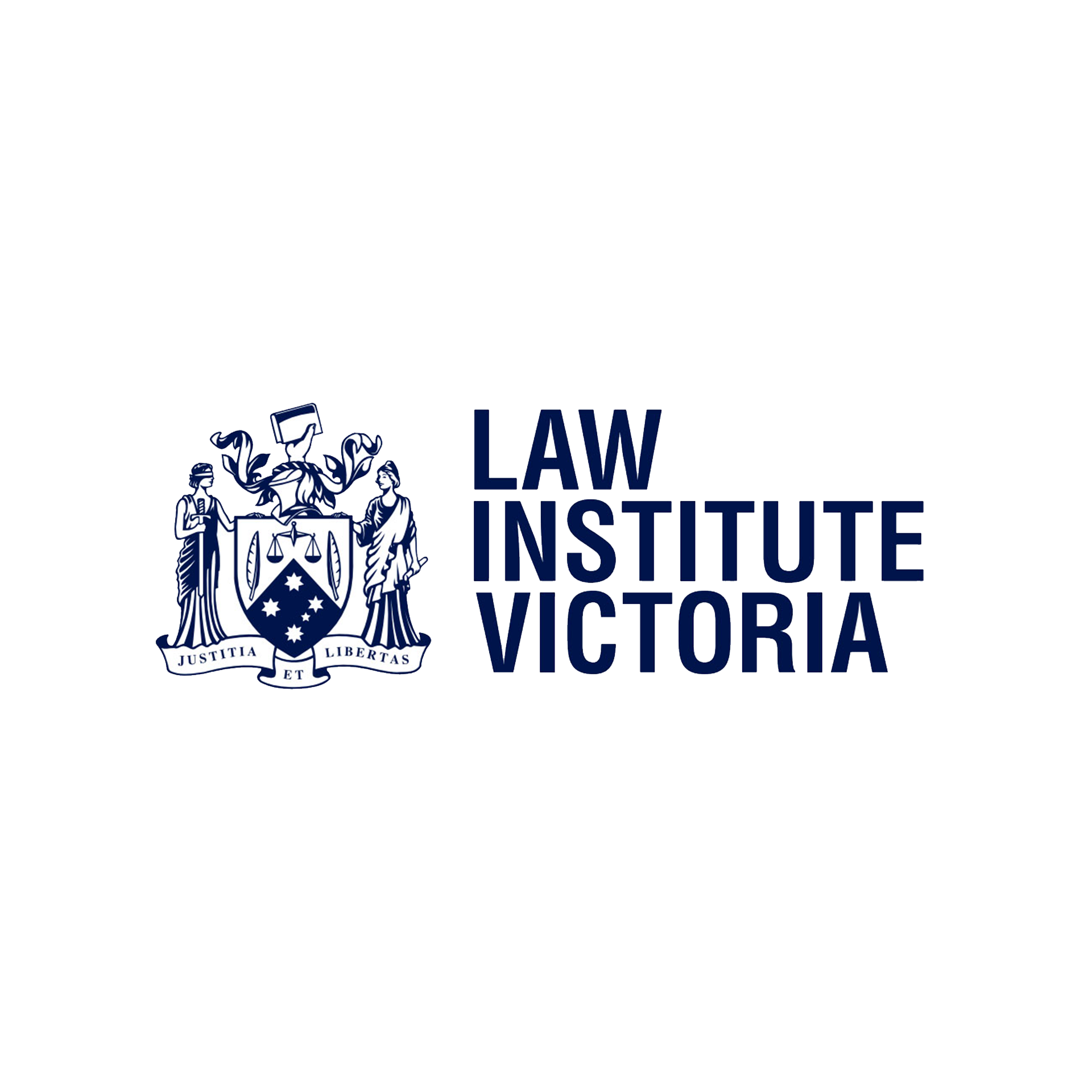“NIMBY, please!”: The unofficial motto of inner-city planning
Article posted by innercitynews.com.au
Melly Shute | 3rd September, 2025
Let’s talk about a cherished Melbourne pastime: objecting to development.
You’ve probably heard the term NIMBY, “Not In My Backyard.” It refers to that charming inner-city tradition where people support new housing, sustainability, and urban vibrancy … until someone proposes anything within three tram stops of their house. You’re planning a townhouse to raise your family close to your workplace; the NIMBY sees a Packer-style casino.

What is a NIMBY?
A NIMBY loves a renter, in theory. They certainly care about density, in Japan. They want more housing, but in someone else’s suburb.
They’ll happily sign a petition for affordable housing but will launch a six-month VCAT crusade to block a three-storey building in their street because it might cast a shadow over their Victorian or take up the permit car spaces.
To the NIMBY, every double-storey build is a monstrosity, cladding is offensive, and every rooftop deck is a threat to “neighbourhood character”, a phrase so vague it could be a bumper sticker.
So where does the law come in?
In Victoria, many developments require a planning permit. As part of the process, neighbours are notified, and an advertising board goes up. Cue: letters of objection, complete with dramatic language like “gross overdevelopment,” “traffic catastrophe,” or “an affront to our unique cultural fabric” (translation: “I hate it”).
Councils then have the impossible task of balancing these objections with shrinking housing supply, overall density goals, good planning policy and satisfying the warriors in Meta’s comment section. Sometimes they succeed. Other times? Not so much.
VCAT: The showdown of property ambitions
If the council decision doesn’t go your way, you might find yourself at VCAT, where developers, lawyers, the NIMBYs and that one guy with the clipboard all meet to battle it out over setbacks and shadow diagrams.
It’s democracy in action. It can also be a low-key unhinged morning that really gets the heart racing.
Is NIMBYism always bad?
Look, not necessarily.
Some planning applications are genuinely outrageous. Like when someone plonked a mid-rise grey box behind Victorian terraces and claimed it was “architecturally sympathetic.” Mate, to what?
Being NIMBY doesn’t mean you’re evil, it might just mean you like your morning sun, your quiet laneway, and not having balconies staring directly into your window.
People live in our neighbourhoods. They’ve raised kids here, planted lemon trees, perfected their sourdough starters. They’re allowed to care what gets built next door.
So yes, you can be pro-housing and still hate dodgy development. You can support density and think that a 1.8m boundary wall next to your bedroom is pushing it. These things can co-exist, like brunch and pretending to enjoy kombucha.
But (and it’s a big but) … if your planning objection is less about genuine impacts and more about preserving your uninterrupted skyline, or a vague golden memory from 1976, maybe take a breath. We need to always remember that housing is not a vibe, it’s a human right.
Because while we all love Melbourne’s charm, we also need homes for the next generation of indoor plant parents and the teachers, nurses, artists, and students who just want to live near good coffee and pat greyhounds.
Share This Blog






